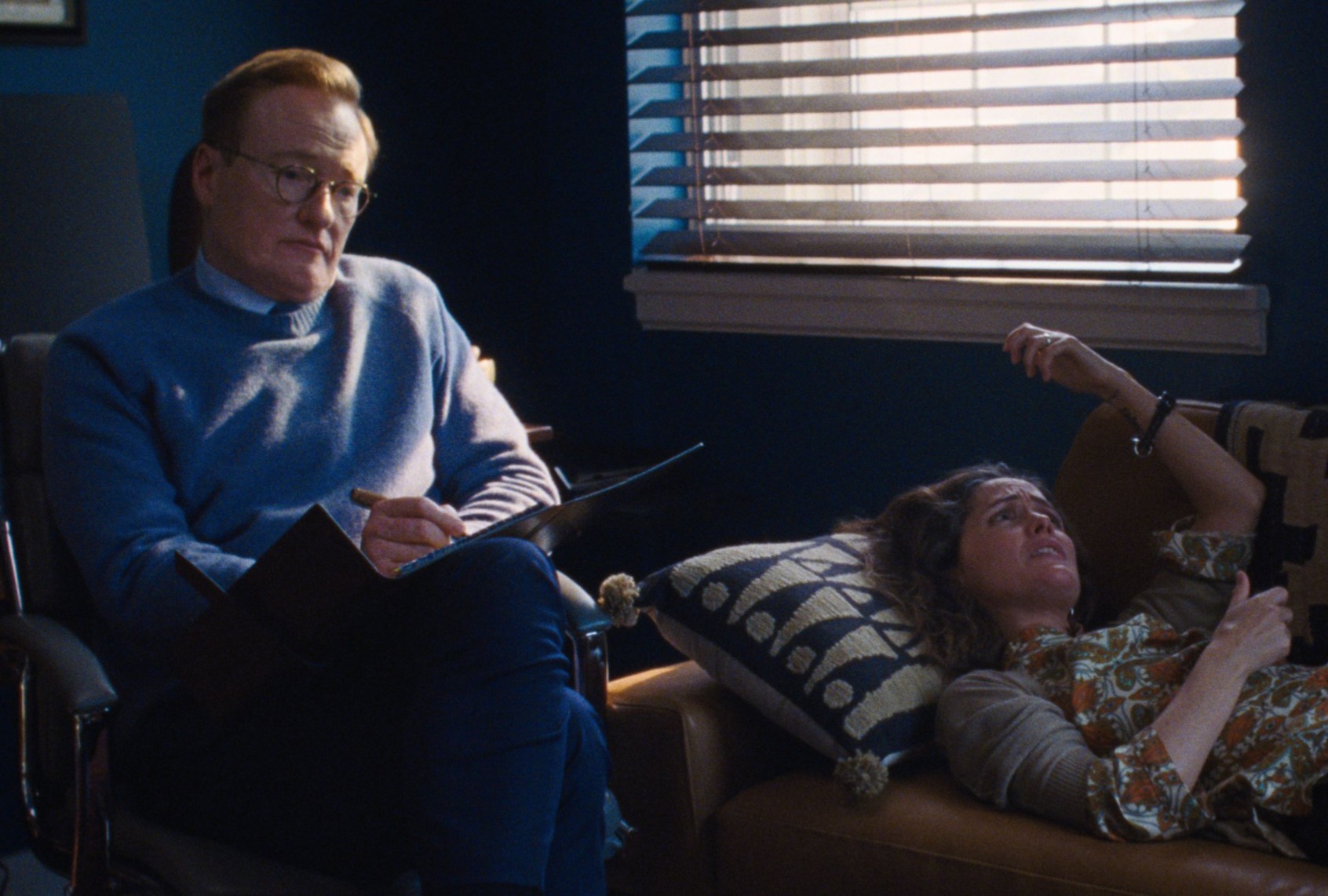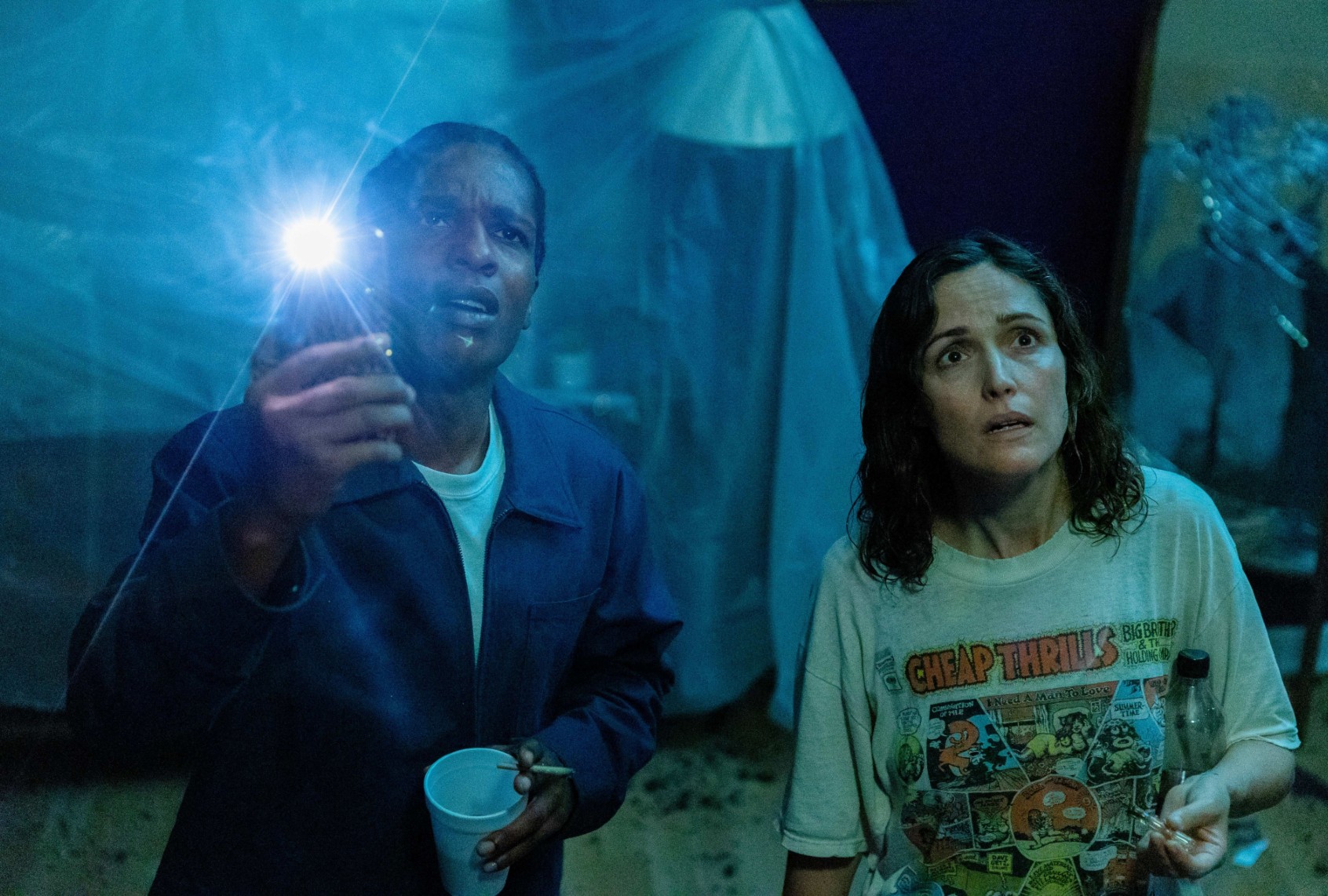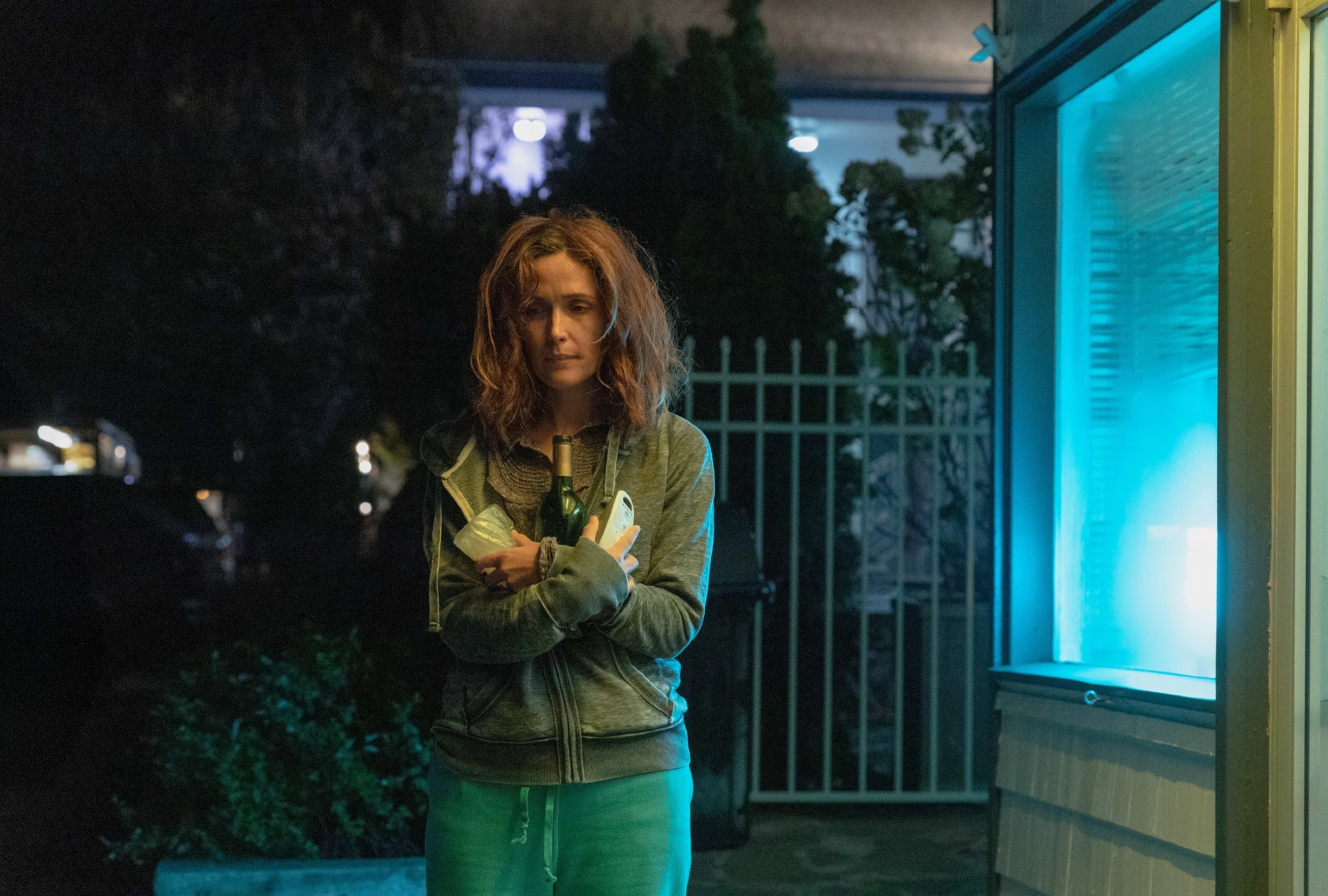For those seeking a listening ear, a path forward, or just a place to empty their overstuffed emotional baggage for an unvarnished look at all of life’s good and the bad, therapy can be a godsend.
Finding a therapist, however, is often the equivalent of slowly making your way through Hell with nothing but a dimly lit lantern. As one descends the underworld’s nine circles, they must be careful not to let ne’er-do-wells and scoundrels extinguish their flame. This therapist is a poor listener; that one’s a pill-pusher; the one recommended by your seemingly well-adjusted good friend has nothing to offer but platitudes better suited for bumper stickers. Or, if you’re as unfortunate as I once was, you’ll get a one-upper, the kind of therapist who replies to your problems by telling you it could be worse, citing the time they saw someone get shot in broad daylight. The amount of trial and error is exhausting, yet necessary. That’s also part of the reason why so many people get stuck in therapist dynamics that are unhealthy, unproductive or both: When you’ve been through that daunting process once, the mere thought of doing it all over again is overwhelming enough to keep you right where you are, sprawled out on that chaise lounge.
Despite this universal process, it’s rare to see it reflected truthfully in the media. When we see characters depicted in therapy sessions, we often meet them months or years after they’ve found a doctor who works for them, or we watch as they sit for a session that goes miraculously well on the first try. And while a famously in-therapy character like Tony Soprano had certain, let’s say, extenuating circumstances keeping him tied to his therapist, Dr. Melfi, finding an analyst you click with on the first try is unusual, and seeing a character break it off with their psychologist is even more infrequent.

(A24) Conan O’Brien and Rose Byrne in “If I Had Legs I’d Kick You”
As Linda loses sight of what her sessions are supposed to be about, Bronstein keenly observes how quickly a satisfactory therapy dynamic can sour, elevating “If I Had Legs I’d Kick You” far beyond contemporary images of treatment that we’re used to, and achieving something remarkably real, and in turn, refreshingly uncomfortable.
That’s why, when we’re thrust into an inert patient-therapist dynamic in progress in Mary Bronstein’s new film, “If I Had Legs I’d Kick You,” it feels almost like a breath of fresh air to see someone genuinely struggling with keeping up their treatment. Linda, a harried mother played by a ferocious Rose Byrne, has reached an inflection point with her nameless therapist (Conan O’Brien). As a therapist herself, working in the same shared office space as her own analyst, Linda knows all of the tricks of the trade and also what defines a good and bad practitioner. Yet, as her life quickly spins out of control, Linda finds herself sprinting past boundaries in search of the quick fix and easy answers she knows therapy can’t offer. And as such, Linda’s therapy sessions crumble just as fast as everything else around her does. But dismayed by life as it already is, she refuses to cut the rot out from the source and stays in therapy until she circles the drain. It’s wonderfully sincere and, strangely, one of the few things about Bronstein’s film — an anxious, honest triumph about motherhood and mayhem — that feels pleasant to watch.
“The movie is the convergence of those big tragedies that happen to us and those everyday irritants,” Bronstein says during a recent conversation. “In my mind, when you’re so stressed out and you are in crisis, those things become equal when they’re not equal at all. But it’s the little things that’re going to make you snap and freak out. Your house can burn down, and you’ll be like, ‘Well, I have to get through it.’ And then you sit down to write a note, your pencil breaks, and you freak.”
Throughout her film, Bronstein expertly weaves these minute crises among Linda’s massive stressors: A daughter with a mysterious illness whose treatment isn’t going as planned, an absent husband and a therapy client whose maternal anxieties strangely seem to mirror her own. Oh, and there’s a giant hole in the ceiling of her apartment, confining her to a hotel room while her landlord drags his feet to get it fixed. Suddenly, therapy becomes less of a place to work through her problems and more of a dumping ground for her anxieties, the only space where she’s allowed to unload without judgment. But as Linda loses sight of what her sessions are supposed to be about, Bronstein keenly observes how quickly a satisfactory therapy dynamic can sour, elevating “If I Had Legs I’d Kick You” far beyond contemporary images of treatment that we’re used to, and achieving something remarkably real, and in turn, refreshingly uncomfortable.
When I ask Bronstein, a fellow New Yorker, about writing the therapy scenes, she chuckles before confirming where I’m located. “You throw a pebble in New York, you hit someone in therapy,” she laughs. “Everyone’s in therapy, and I’ve been in and out of therapy since I was 14 years old. I’ve had every kind of therapist you can have. And what I have learned is that, even though they might be a good therapist for somebody else, it’s not a match for you. It’s sort of like a romantic relationship in that way.”

(A24) ASAP Rocky and Rose Byrne in “If I Had Legs I’d Kick You”
In her film, Bronstein drops the casual hint that Linda might be projecting some latent form of romantic attachment onto her therapist. “In my dream, you kept getting closer to me, and then you started tickling me,” Linda tells him during a session, early in the film. Later, after a crisis at work ends with the police being called and a pep talk from her therapist in Linda’s office, she blurts out a soft, “I love you” as he walks away. While the moment is played for a laugh, Bronstein adds that it’s not far from the ways we attach to the people we trust with our every thought.
“When you get into a therapeutic relationship, a lot of the time, it mirrors a romantic relationship for the client — but hopefully not for the therapist,” Bronstein says. “Then, there’s a pain when you realize, ‘Oh, this is a one-sided relationship. I only have one therapist, but my therapist has a lot of other people coming into this office.’” Linda and her therapist normally have their patient-practioner song and dance down to a science. But when another emergency shows up at Linda’s doorstep and she tries to enter her therapist’s office mid-session, catching a glimpse of a pair of shoes on his couch, this realization that Linda is just one of many patients hits her like a slap in the face.
Start your day with essential news from Salon.
Sign up for our free morning newsletter, Crash Course.
“With [one of my therapists], I got there early, and I had the dreaded moment where the person that was there before me walks out,” Bronstein says. “And there is a little bit of, like, ‘What?’ When you see the person, it feels like a betrayal . . . There’s a pain there. And there’s a pain when you realize that your therapist is just a human being, and they have limits, just like you do.”
“I’m a big believer in therapy, but I’m also a believer that we must enter into therapy understanding the limitations. And you must also understand that, if your therapist doesn’t have boundaries, get the hell out of there.”
Pushed to her wits’ end, Linda can no longer suffer those limits, even if she knows that it’s against the same code she swore by when becoming a therapist herself. Unable to connect with anyone and feeling completely distant from herself, she reaches out to her therapist in hopes that he will tell her that she’s special. “What Linda’s doing — which I may or may not have done when I was younger with other therapists — is push those boundaries of, ‘Well, how special am I to you?’” Bronstein says. “‘How much do you care about me? How much do you like me?’ And she’s doing it in such a way that makes him close up even tighter and tighter.”
“Then,” Bronstein continues, “She asks him, ‘Do you have kids? Do you have a kid?’ And what I’m trying to do with the intensity in that moment is imply that they’ve had this conversation before. She has been told that’s not something he can answer. And she just snaps, but he won’t do it. That’s his limit. I’m a big believer in therapy, but I’m also a believer that we must enter into therapy understanding the limitations. And you must also understand that, if your therapist doesn’t have boundaries, get the hell out of there. But if they have too many boundaries — which is perhaps an indictment of the Freudian School of the Blank Slate Therapist — I’d also say get the hell out of there.”
What Linda needs, Bronstein notes, is a layer of human connection and empathy that all therapists should be able to provide, a space where someone like Linda can get mad without repercussions. “This is a place to get mad, but instead, it’s too much for her therapist,” Bronstein says. “If it’s too much, even in that space, where can it be OK?”

(A24) Rose Byrne in “If I Had Legs I’d Kick You”
“If I Had Legs I’d Kick You” brilliantly depicts the wearying search for sanctuary that so many of us go through in our adult lives. Linda is unable to exist peacefully in her home. The hotel holds nothing but the constant reminder that she feels like a bad, helpless mother. And her workspace is fraught with a tense relationship with her colleague, made all the more tense by the fact that he’s also her therapist. “So much of the film is about the fact that there is no explanation for why these things happen to some people,” Bronstein says. “Why does tragedy happen to some people and not to others? Why not that lady? Why me? There is no answer.”
But Bronstein’s film presents a kind of answer of its own, simply by being unafraid to tell the truth about how we all must, at some point, be inundated with strife that seems like it will never end. We seek help through our friends, our family and our relationships, romantic or therapeutic. But we’re not guaranteed any relief. Even when we take one step forward, like when we make the conscious choice to enter therapy, it’s almost guaranteed that we’ll be pushed two steps back. The therapist doesn’t work out, and it’s back to square one — another task moved back to the top of the pile. It might just be the setback that makes you snap. But it doesn’t have to be.
We need your help to stay independent
Preceding the film’s theatrical release, Bronstein has introduced “If I Had Legs I’d Kick You” at film festivals by asking audiences to imagine the worst thing that’s ever happened to them, followed by the worst thing that’s happened to them today. That also happens to be a great way to look at the practice of therapy. It’s not only about addressing long-stewing traumas; it’s for analyzing how our personal existence up to this point has affected our day-to-day lives, so that maybe — just maybe — we might be able to see our breaking point coming.
What happens on any given day will remain a mystery, one that frequent, honest therapy can make patients better equipped to unravel. But for her part, Bronstein hopes “If I Had Legs I’d Kick You” will reflect that unpredictable truth, even when it’s unpleasant. “Anything can happen [in the film],” she says. “I think it’s exciting, I want to see more films like that. I tried to make a film that I would want to see. And I’m a tough customer.”
“If I Had Legs I’d Kick You” is in limited release now, and expands October 31.
Read more
about this subject


